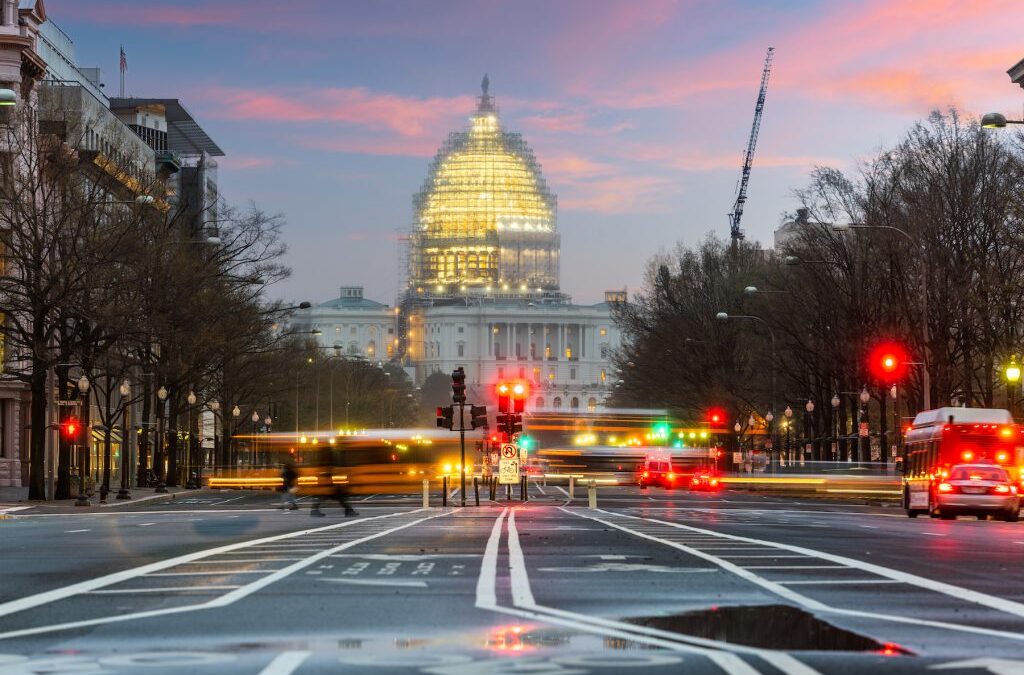
by Oceanit | Apr 14, 2025 | Education, General
Top 10 Questions About COVID-19 in April 2025 As of April 2025, public interest in COVID-19 remains significant, with many seeking current information on the virus’s status, prevention, and treatment. Rapid tests remain a vital tool in the medicine cabinet for ongoing...

by Oceanit | Apr 11, 2025 | Future, International News
New Antiviral Stops Long COVID in Mice, Scientists Report In a groundbreaking development reported in 2025, researchers have successfully halted long COVID symptoms in mice using a novel antiviral compound—marking a potential turning point in the fight against...

by Oceanit | Apr 11, 2025 | Future, International News
Next-Gen COVID-19 Vaccines by INOVIO, Ocugen, Pfizer in 2025 Five years into the COVID-19 pandemic, the virus continues to evolve—and so does the science behind vaccines. In 2025, leading biotechnology companies are racing to deliver next-generation COVID-19 vaccines...

by Oceanit | Apr 10, 2025 | General, National News
Why Rapid COVID Tests Are Underused & Why You Still Need Them As we enter the fifth year of the COVID-19 pandemic, health officials are raising the alarm over a new but avoidable problem: the sharp decline in public use of rapid COVID-19 tests. Despite their...

by Oceanit | Apr 9, 2025 | Government, National News
Judge Blocks HHS’ $11B COVID Grant Clawback to States In a major development with wide-reaching implications for U.S. public health infrastructure, a federal judge in April 2025 temporarily blocked the Biden administration’s effort to claw back $11 billion in unspent...






